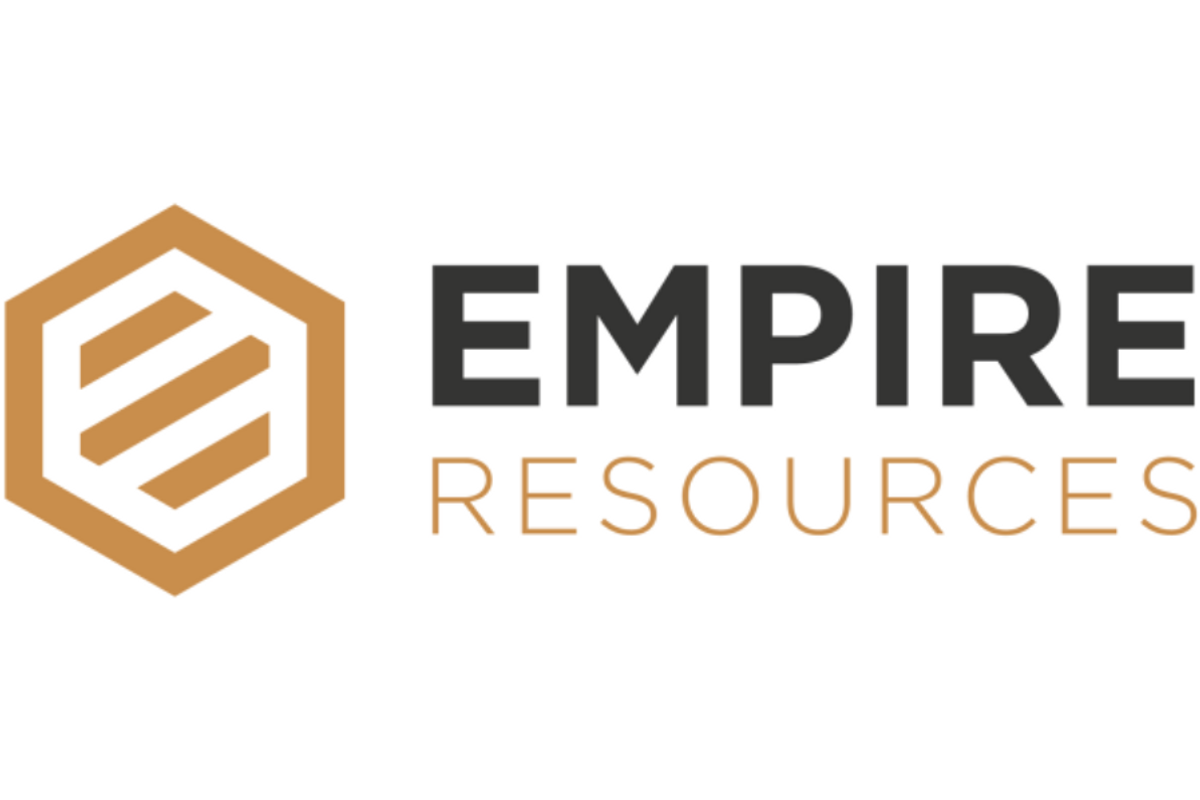
January 08, 2023
Empire Resources (ASX:ERL, Empire) advises that it has commenced a circa 3,500m aircore (AC) drilling campaign at its 100% owned Penny’s Gold Project 45km east of Kalgoorlie in Western Australia. The drilling is planned to follow up strong gold intercepts from drilling undertaken by Empire during September 2022 [1] at the Penny’s Gold Project, testing the extents of the mineralisation encountered.
HIGHLIGHTS
- Aircore (AC) drilling recommences at the Penny’s Gold Project east of Kalgoorlie
- Circa 3,500m drill program targeting highly prospective gold targets
- Drilling to test the lateral and strike extents of mineralisation encountered during the September 2022 AC drill program [1]
- Results received for 1m re-split samples of original aircore composites include:
- 6m @ 3.73g/t Au from 64m in PAC22-14
- including 1m @ 8.47g/t Au from 65m
- and 1m @ 6.06g/t Au from 67m
- 2m @ 4.45g/t Au from 51m in PAC22-29
- including 1m @ 5.49g/t Au from 51m
- 3m @ 2.37g/t Au from 56m in PAC22-50
- including 1m @ 5.14g/t Au from 56m
- 1m @ 1.89g/t Au from 62m in PAC22-10
- 1m @ 1.82g/t Au from 91m in PAC22-31
- 6m @ 3.73g/t Au from 64m in PAC22-14
Empire Managing Director, Sean Richardson commented:
“Empire is pleased to be drilling again at our Penny’s Gold Project east of Kalgoorlie where we encountered excellent gold in assays during our September 2022 aircore drill campaign. Strong gold results received from 1m samples taken from the original 4m drilling composites further reinforces the potential for the project and gives confidence to continue drilling.
“This aircore drilling program follows up the results of the September 2022 drilling by testing the lateral and strike extents of the identified mineralisation. The results from this campaign will contribute to the identification of deeper primary mineralisation targets.
“The potential of the Penny’s Gold Project continues to grow with each campaign, we look forward to delivering market updates as our exploration progresses.”
The campaign will take approximately 2 weeks to complete with laboratory assay returns expected approximately 6 weeks following thereafter.
The Penny’s Gold Project targets lie immediately adjacent to and along strike of the existing 270,000t @ 4.99g/t Au for 43,000oz [2] Resource at the Penny’s Find Gold Mine. Empire is entitled to royalties on gold production from mining operations undertaken at the Penny’s Find Gold Mine which is owned by Horizon Minerals Limited (ASX:HRZ).
Click here for the full ASX Release
This article includes content from Empire Resources Limited, licensed for the purpose of publishing on Investing News Australia. This article does not constitute financial product advice. It is your responsibility to perform proper due diligence before acting upon any information provided here. Please refer to our full disclaimer here.
The Conversation (0)
Latest News
Latest Press Releases
Related News
TOP STOCKS
American Battery4.030.24
Aion Therapeutic0.10-0.01
Cybin Corp2.140.00